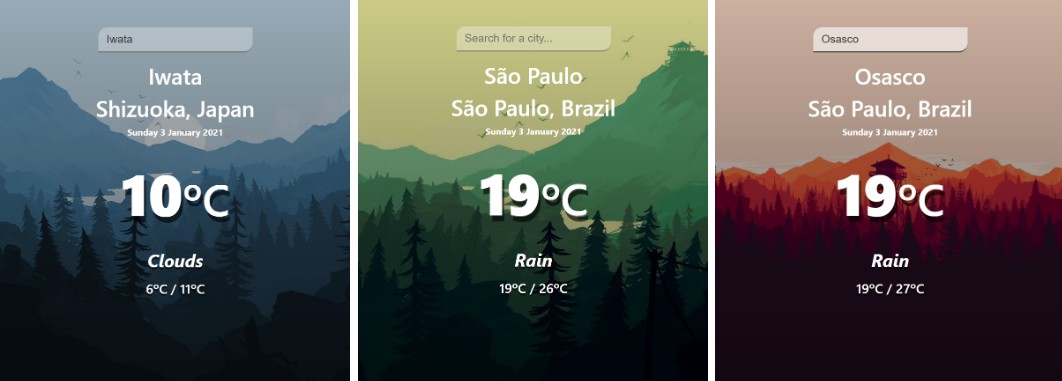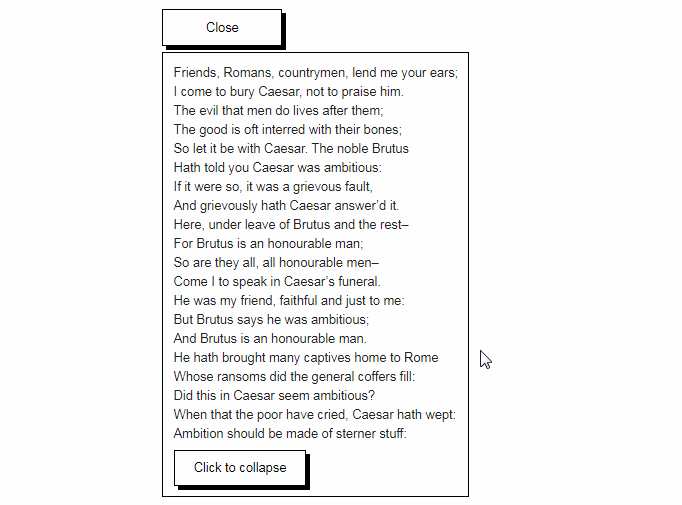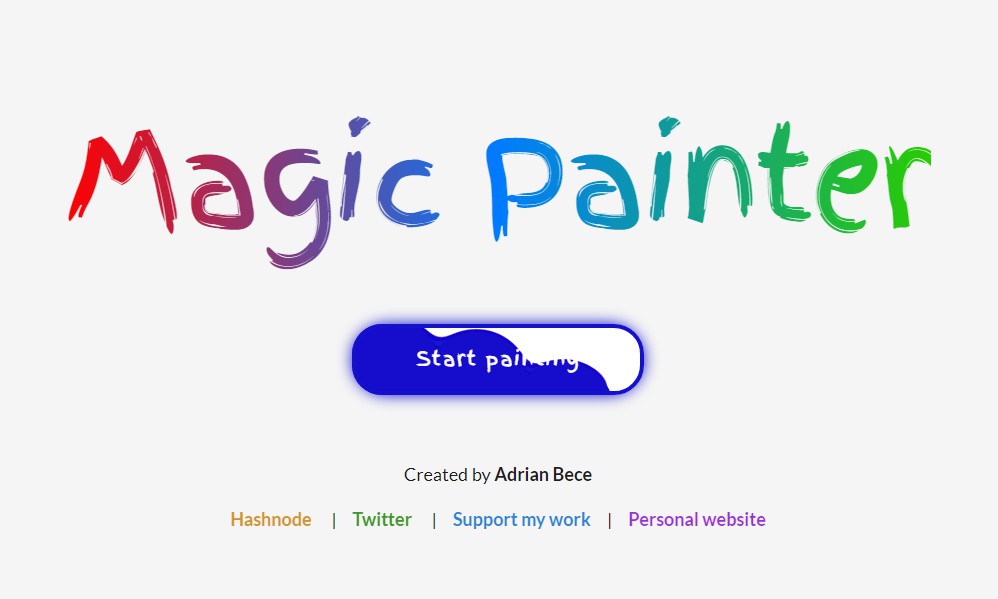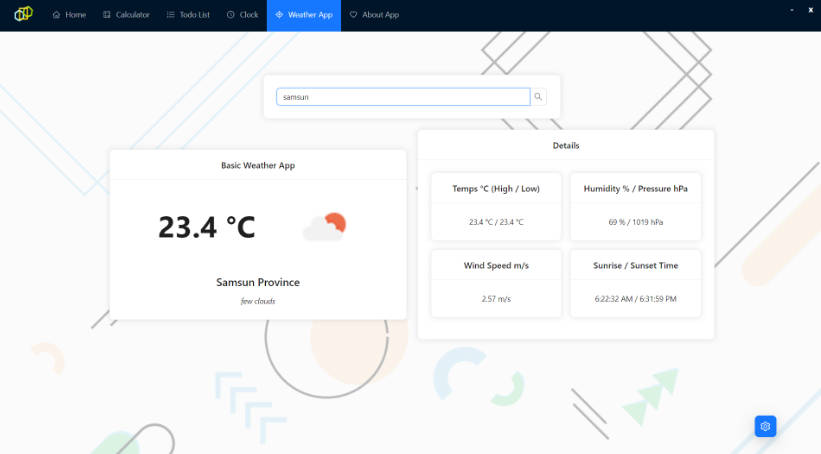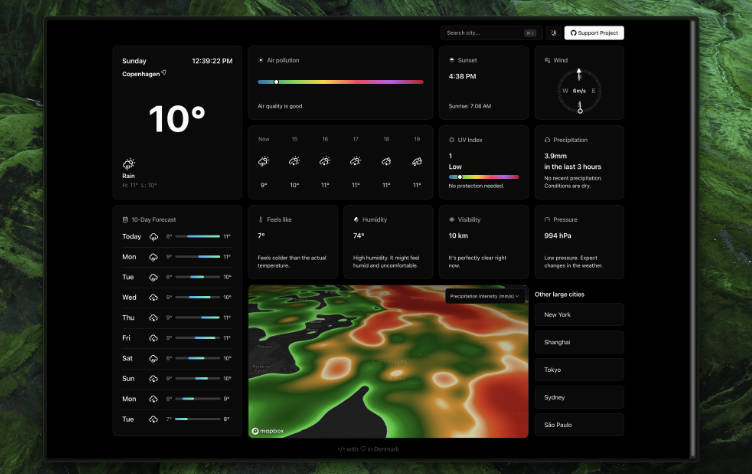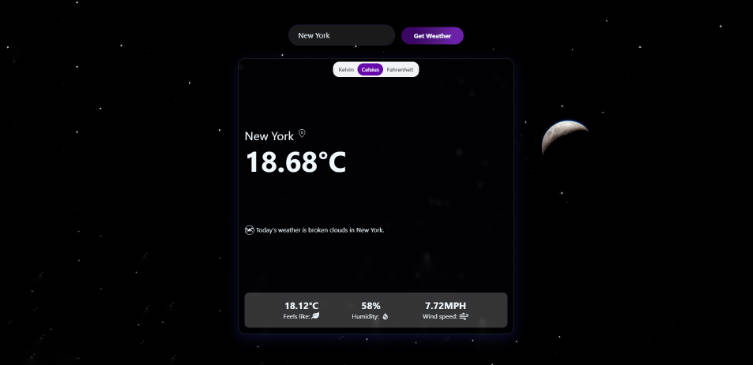Weather Geocoding
A Weather App made with React.

This project was made using React and styled-components.
The forecasting is made using 2 different APIs:
-
Mapbox- To obtain city's coordinates. -
OpenWeatherMap- To get forecasting based on coordinates.
Setup
You need to setup .env file with the APIs keys as Environment Variables to make this project work.
Environment Variables are a little different to config when working with React.
Reading the Create React App docs section about Adding Custom Environment Variables, you find this:
You must create custom environment variables beginning with REACT_APP_. Changing any environment variables will require you to restart the development server if it is running.
example:
REACT_APP_MAP_TOKEN=YOUR_TOKEN_HERE
Then, you can access this variable with process.env object:
process.env.REACT_APP_MAP_TOKEN
Disclaimer
WARNING: Do not store any secrets (such as private API keys) in your React app!
Environment variables are embedded into the build, meaning anyone can view them by inspecting your app's files.
Features
- Get Weather Forecast from any city;
- The Background Image changes by current user dateTime;



Getting Started with Create React App
This project was bootstrapped with Create React App.
Available Scripts
In the project directory, you can run:
npm start
Runs the app in the development mode.
Open http://localhost:3000 to view it in the browser.
The page will reload if you make edits.
You will also see any lint errors in the console.
npm test
Launches the test runner in the interactive watch mode.
See the section about running tests for more information.
npm run build
Builds the app for production to the build folder.
It correctly bundles React in production mode and optimizes the build for the best performance.
The build is minified and the filenames include the hashes.
Your app is ready to be deployed!
See the section about deployment for more information.
npm run eject
Note: this is a one-way operation. Once you eject, you can’t go back!
If you aren’t satisfied with the build tool and configuration choices, you can eject at any time. This command will remove the single build dependency from your project.
Instead, it will copy all the configuration files and the transitive dependencies (webpack, Babel, ESLint, etc) right into your project so you have full control over them. All of the commands except eject will still work, but they will point to the copied scripts so you can tweak them. At this point you’re on your own.
You don’t have to ever use eject. The curated feature set is suitable for small and middle deployments, and you shouldn’t feel obligated to use this feature. However we understand that this tool wouldn’t be useful if you couldn’t customize it when you are ready for it.
